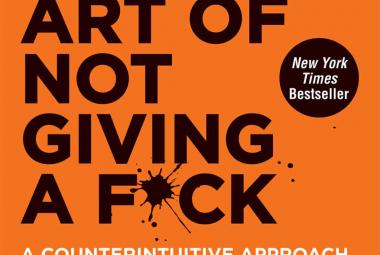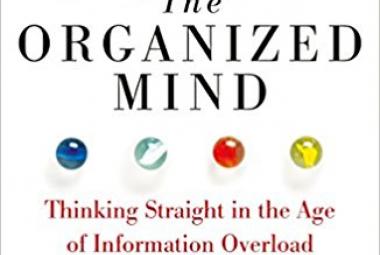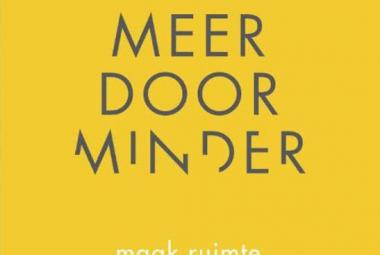In part one of this series of articles, I described the 4 colors of personal preference in which peoples personalities can be understood using the two axes described by Carl Jung: introversion versus extraversion and thinking versus feeling. Jung also described a third preference in his works, which reflects how people like to take decisions: sensing versus intuition.
The link between the three axes all together is as follows: people are either introvert or extravert; they collect information based on sensing or intuition, and then take a decision based on thinking or feeling.
When we take this third category of psychological preference into account, we can split the 4 colors into 8 roles. These are usually represented in the four basic colors, and the four colors that emerge when we combine two of the basic colors.
The irrational function about how we like to perceive information is based on a preference of SENSING VERUS INTUITON.
Sensing types are the people who make sense of a situation by listening to their senses (hearing, seeing, smelling, tasting and feeling). They are the people who are usually pragmatic, focus on the now, are factual and precise.
The Intuitive types are those who like to connect the different senses, and translate them into meaning and connections. There are the people who are usually future focused, generalizing, abstract and inspiring.
When we combine these two psychological types with the introvert and extravert types described in the previous article, four more roles can be distinguished: the introvert sensing type, the extravert sensing type, the introvert intuitive type and the extravert intuitive type. Two of these are also represented in the 8 roles.
As mentioned above, we can combine all three of Jung’s axes of psychological preference into EIGHT TYPES ON THE COLORSPECTRUM. All of them will now be described.
The Director (red) is an extravert thinker. They are results oriented, assertive and good in taking decisions. The director would like to keep order in his team and prefers using hard data to measure productivity and progress. They also like competition and being in control and always strive for success. Their greatest fear is to lose control and/or to fail.
The Motivator (orange) is the extravert intuitive person. These are the positive thinkers, the enthusiastic people who like motivating other people in moving forward. They have the gift of finding connections between different events and translating them into new opportunities. The like adventure and unlimited possibilities and strive for prestige and respect. Their greatest fear is to be restricted or to lose respect.
The Inspirer (yellow) is the extravert feeler. These are the creative and convincing people who have people skills. They are not only good at sharing their own feelings, but also have a gift in reading what other people might need to be satisfied. Inspirers are the people who make sure everybody in the group feels comfortable, and they love interaction. Inspirers strive for approval and popularity, and they fear rejection and loneliness.
The Helper (lime) is the true feeler. They help others, share ideas and are up most flexible. Helpers enjoy intimacy and affection, strive for human connections and like to make a difference in the world. Their greatest fears are being rejected or being isolated. The helpers usually score high on either the combination introvert-intuition or extravert-sensing.
The Supporter (green) is the introvert feeler. These are the good listeners, the ones that are loyal to the team and like working in groups. Their gift is simply knowing what is the right or wrong thing to do, and knowing what drives people by listening to their gut. They love using this gift in helping others and strive for harmony and acceptation. Their greatest fears are conflict and change.
The coordinator (light blue) is a person who scores high in introversion and sensing. He is the king in both time management and planning. They are usually good in learning from past experiences to prevent the same problem from occurring again. Coordinators love structure and safety and strive for correctness. They fear risk and chaos.
The Observer (blue) is the introvert thinker and he is good in defining structures, analyzing data and known for his knowledge about the product being sold. Observers enjoy getting to the bottom of an idea or a problem, and finding the exact right terminology to communicate about it. They love logic and facts, strive for understanding and the objective truth. They fear confusion and time pressure.
The Reformer (purple) is a true thinker. They are the determined colleagues who are good at keeping track of performance and are usually very disciplined. They love solving problems, strive for perfection and excellence and therefore fear that work is not done properly. Reformers usually score high on either introvert-intuition or extravert-sensing.
By adding this third axis of intuition and sensing, we can classify people on a more detailed level then based on the 4 colors . Because the colors of the wheel are turned a little bit a person with one preferred main color (red, yellow, green or blue) can move within three different roles. For instance, a red person can be either a reformer (on the blue side), director (classical red), or motivator (on the yellow side).
The eight personality roles each have their own preferences, strengths and weaknesses. Understanding what your own preferences are can help you analyze stressful situations and maybe even prevent yourself from getting into them. Also, when you discuss these types within your team, it can help in conflict situations for both parties to understand where the perceived stress is coming from (probably from type specific fears).
In this article, we broke down Carl Jung’s psychological 4-type theory into 8 roles. There is one more level to go, in which we use the same logic to distinguish 16 different types of people. These 16 different types will be described in the third part of this series.
Continue to::













